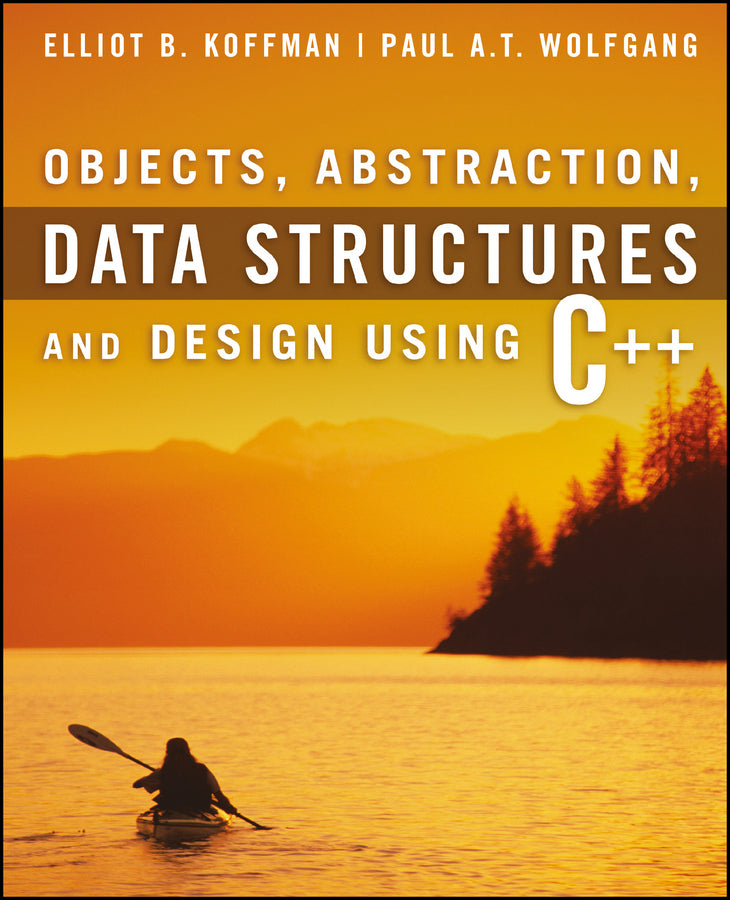Description
Condition: BRAND NEW
ISBN: 9780471467557
Year: 2005
Publisher: John Wiley & Sons Inc (US)
Pages: 832
Description:
Koffman and Wolfgang introduce data structures in the context of
C++ programming. They embed the design and implementation of
data structures into the practice of sound software design
principles that are introduced early and reinforced by 20 case
studies. Data structures are introduced in the C++ STL format
whenever possible. Each new data structure is introduced by
describing its interface in the STL. Next, one or two simpler
applications are discussed then the data structure is implemented
following the interface previously introduced. Finally, additional
advanced applications are covered in the case studies, and the
cases use the STL.
In the implementation of each data structure, the authors
encourage students to perform a thorough analysis of the design
approach and expected performance before actually undertaking
detailed design and implementation. Students gain an understanding
of why different data structures are needed, the applications they
are suited for, and the advantages and disadvantages of their
possible implementations.
Case studies follow a five-step process (problem specification,
analysis, design, implementation, and testing) that has been
adapted to object-oriented programming. Students are encouraged to
think critically about the five-step process and use it in
their problem solutions. Several problems have extensive
discussions of testing and include methods that automate the
testing process. Some cases are revisited in later chapters and new
solutions are provided that use different data structures.
The text assumes a first course in programming and is designed
for Data Structures or the s
ISBN: 9780471467557
Year: 2005
Publisher: John Wiley & Sons Inc (US)
Pages: 832
Description:
Koffman and Wolfgang introduce data structures in the context of
C++ programming. They embed the design and implementation of
data structures into the practice of sound software design
principles that are introduced early and reinforced by 20 case
studies. Data structures are introduced in the C++ STL format
whenever possible. Each new data structure is introduced by
describing its interface in the STL. Next, one or two simpler
applications are discussed then the data structure is implemented
following the interface previously introduced. Finally, additional
advanced applications are covered in the case studies, and the
cases use the STL.
In the implementation of each data structure, the authors
encourage students to perform a thorough analysis of the design
approach and expected performance before actually undertaking
detailed design and implementation. Students gain an understanding
of why different data structures are needed, the applications they
are suited for, and the advantages and disadvantages of their
possible implementations.
Case studies follow a five-step process (problem specification,
analysis, design, implementation, and testing) that has been
adapted to object-oriented programming. Students are encouraged to
think critically about the five-step process and use it in
their problem solutions. Several problems have extensive
discussions of testing and include methods that automate the
testing process. Some cases are revisited in later chapters and new
solutions are provided that use different data structures.
The text assumes a first course in programming and is designed
for Data Structures or the s

